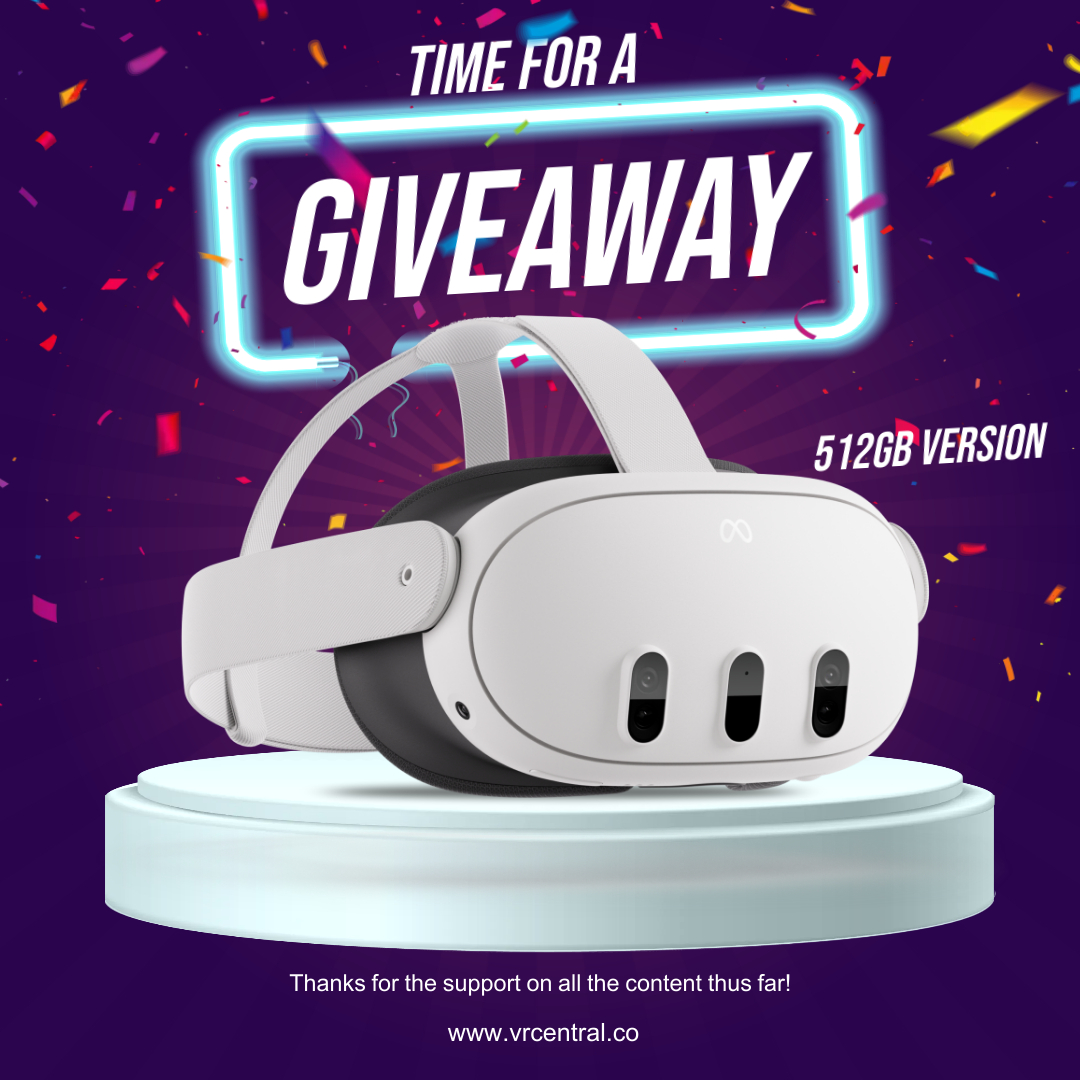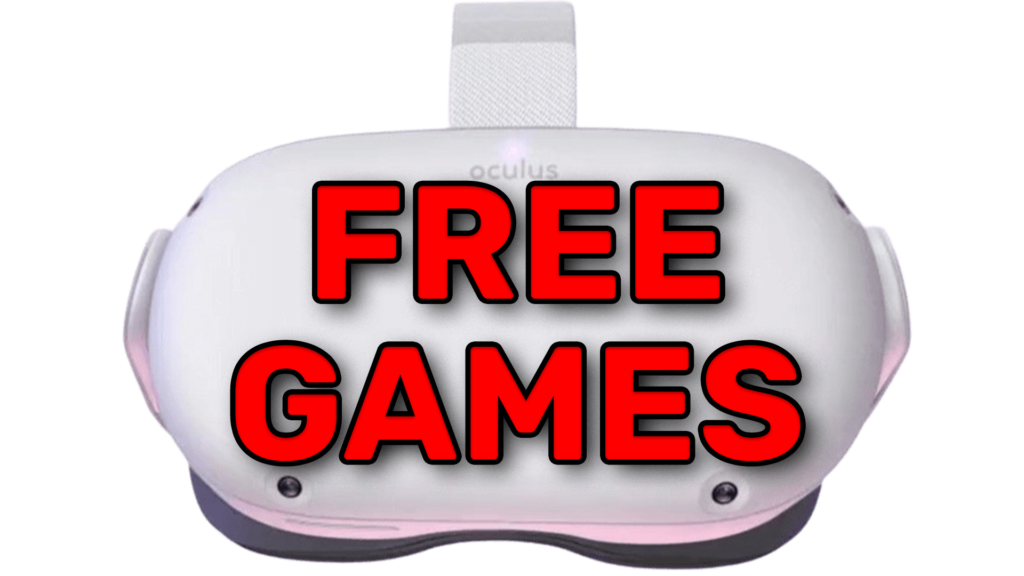This is a list of all current headsets I’ve tried and my opinions on them as well as footage if applicable.
- Valve Index
- This is a PCVR headset that may not have the largest default resolution per eye but can be scaled to be better. The headset itself is reliable, as I have had the same one for a few years now with minimal booting issues that are quickly resolved. It being native to Steam VR is also a perk so there is no other software bogging down your PC. The controllers take some getting used to but do not feel too bad and do offer finger tracking (but few games support it). The awful part is that the joysticks are essentially made from paper mache. Just from joystick drift alone I have had to replace/repair 3 sets of controllers over 2 years.
- Price – $1000 USD
- Resolution – 1440×1600 per eye
- FOV – 108°
- Refresh Rate – 144Hz
- This is a PCVR headset that may not have the largest default resolution per eye but can be scaled to be better. The headset itself is reliable, as I have had the same one for a few years now with minimal booting issues that are quickly resolved. It being native to Steam VR is also a perk so there is no other software bogging down your PC. The controllers take some getting used to but do not feel too bad and do offer finger tracking (but few games support it). The awful part is that the joysticks are essentially made from paper mache. Just from joystick drift alone I have had to replace/repair 3 sets of controllers over 2 years.

- Quest 2
- This is the most popular consumer headset in the VR marketplace. This is a standalone headset that may not have the largest resolution or the best tracking, but is not a bad experience by any means. It is severely lacking in the comfort department but that can easily be fixed by the plethora of VR companies that make Quest 2 accessories.
- Price – $300 USD
- Resolution – 1832×1920 per eye
- FOV – 97°
- Refresh Rate – 120Hz
- This is the most popular consumer headset in the VR marketplace. This is a standalone headset that may not have the largest resolution or the best tracking, but is not a bad experience by any means. It is severely lacking in the comfort department but that can easily be fixed by the plethora of VR companies that make Quest 2 accessories.

- Quest Pro
- This is an industry brand headset designed for VR developers with an upgrade from the Quest 2. Improvement on resolution, pancake lenses, full color pass through, and self-tracking controllers. Its a nice standalone headset for PCVR and Standalone Quest users but with the additional features, the battery lasts for a much shorter duration than the Quest 2. This is mainly because, as I said, it is for VR developers, so they expect it to be plugged into a computer for most development testing.
- Price – $1000 USD
- Resolution – 1800×1920 per eye
- FOV – 106°
- Refresh Rate – 90Hz
- This is an industry brand headset designed for VR developers with an upgrade from the Quest 2. Improvement on resolution, pancake lenses, full color pass through, and self-tracking controllers. Its a nice standalone headset for PCVR and Standalone Quest users but with the additional features, the battery lasts for a much shorter duration than the Quest 2. This is mainly because, as I said, it is for VR developers, so they expect it to be plugged into a computer for most development testing.

- DPVR E4
- This is a very underrated and undermarketed VR headset. This isn’t the best headset by any means but is far from the bottom. 4K resolution, inside out tracking that is better than the Quest 2, RGB lights, comfortable halo strap with flip up design.
- YouTube Review
- Price – $350-500 USD
- Resolution – 1832×1920 per eye
- FOV – 116°
- Refresh Rate – 120Hz

- Pimax Crystal
- This is one of the highest resolution VR headsets I have ever had the pleasure of owning. This headset has a massive resolution, but also has eye tracking, inside-out tracking, the capability of being paired up with base stations for outside-in tracking, auto IPD, hot swapable batteries, and looks visually beautiful on the inside. One of the most impressive features to me is the fact that if an area is meant to be dark, it drops the pixels out from behind the headset, so dark areas appear SUPER dark (more realistic). I just wish they would adjust the inside-out tracking, because it has been on-par with the quest and would hope that it would be better, and adjust their software, as it seems I run into one problem or another on launch (nothing major but enough to be irritating).
- YouTube Review
- Price – $1600 USD
- Resolution – 2880×2880 per eye
- FOV – 125°
- Refresh Rate – 160Hz

- Vive XR Elite
- This is a standalone and PCVR headset that is small enough to be a pair of ski goggles. Local dimming, pancake lenses, diopters, and full color pass through. The controllers and tracking could be better, but for a PCVR and standalone headset I can fit in my pocket I’d say its pretty neat.
- YouTube Comparison
- Price – $1100 USD
- Resolution – 1920×1920 per eye
- FOV – 110°
- Refresh Rate – 90Hz

- Pimax Portal
- Imagine a VR headset and a Nintendo Switch, paired together, and you have the Pimax Portal. I don’t imagine that the hardcore VR user is going to make this their main headset, but more of the occasional VR user headset. Having something I can take around with me that I can play flat screen games on and then boot up into VR is cool. There are 4 different models depending on how high up you want to go.
- Price – $300-550 USD (price varies because of the different models)
- Resolution – 1920×2160 per eye
- FOV – 100°
- Refresh Rate – 144Hz
- Imagine a VR headset and a Nintendo Switch, paired together, and you have the Pimax Portal. I don’t imagine that the hardcore VR user is going to make this their main headset, but more of the occasional VR user headset. Having something I can take around with me that I can play flat screen games on and then boot up into VR is cool. There are 4 different models depending on how high up you want to go.


- Oculus Rift
- To this date is one of the best all-around headsets. It may have a low resolution and a bit of a “screen door” effect for distance rendering, but the controllers and tracking were some of the best I ever experienced. That and the comfort was pretty on-par with most headsets I’ve tried. Personally, if I could pay $1000 to have a headset with 4K resolution but the Rift tracking and controllers I would do it. Unfortunately, this headset was discontinued when Facebook (Meta) began to notice the profitability in selling standalone headsets with the Quest 1 and poured all of their budget into standalone devices, bringing manufacturing to a halt with the Rift.
- Price – Only sold through 3rd party sites
- Resolution – 1080×1200 per eye
- FOV – 87.95°
- Refresh Rate – 90Hz
- To this date is one of the best all-around headsets. It may have a low resolution and a bit of a “screen door” effect for distance rendering, but the controllers and tracking were some of the best I ever experienced. That and the comfort was pretty on-par with most headsets I’ve tried. Personally, if I could pay $1000 to have a headset with 4K resolution but the Rift tracking and controllers I would do it. Unfortunately, this headset was discontinued when Facebook (Meta) began to notice the profitability in selling standalone headsets with the Quest 1 and poured all of their budget into standalone devices, bringing manufacturing to a halt with the Rift.

- Gear VR
- This was my first ever VR headset back in 2015. Able to play things like very low texture FPS games or games like Dreadhalls. It was a small device made of glass and plastic to hold your Galaxy S6 or S7 to play VR via your phone. It is very low tech compared to the standalone headsets we experience today but was fun for its time.
- Price – Only sold through 3rd party sites
- Resolution – 1280×1440 per eye
- FOV – 96°
- Refresh Rate – 60Hz
- This was my first ever VR headset back in 2015. Able to play things like very low texture FPS games or games like Dreadhalls. It was a small device made of glass and plastic to hold your Galaxy S6 or S7 to play VR via your phone. It is very low tech compared to the standalone headsets we experience today but was fun for its time.




